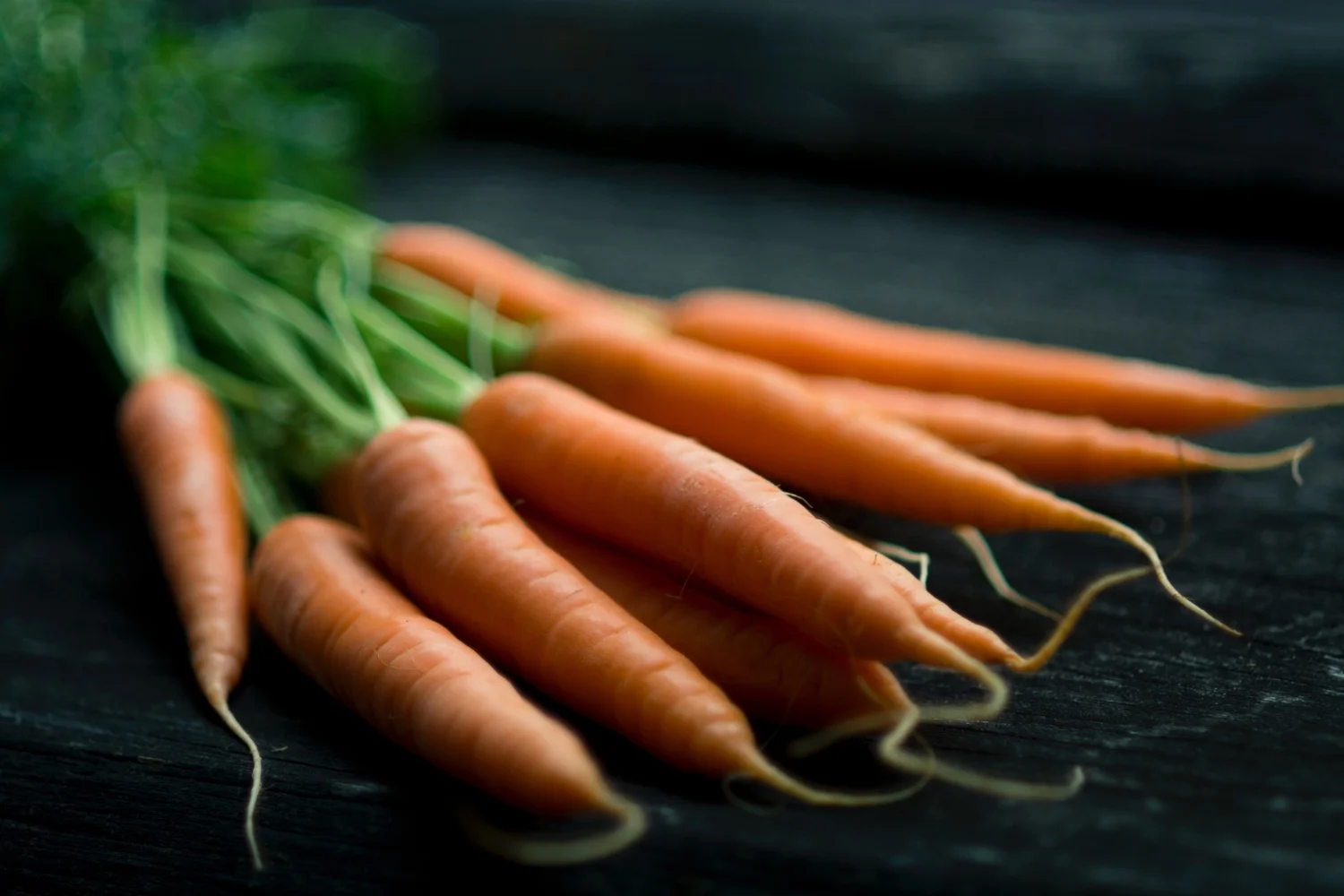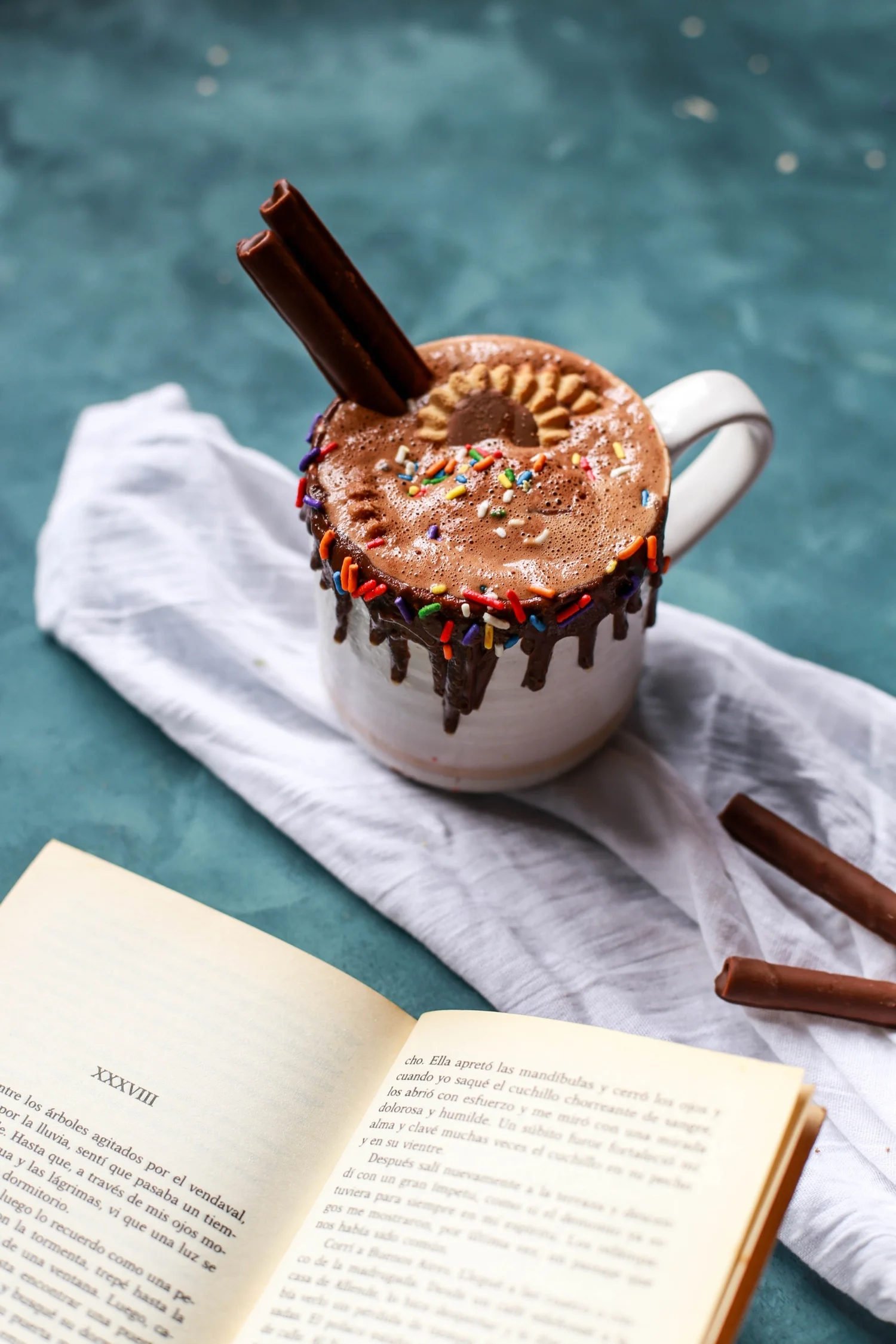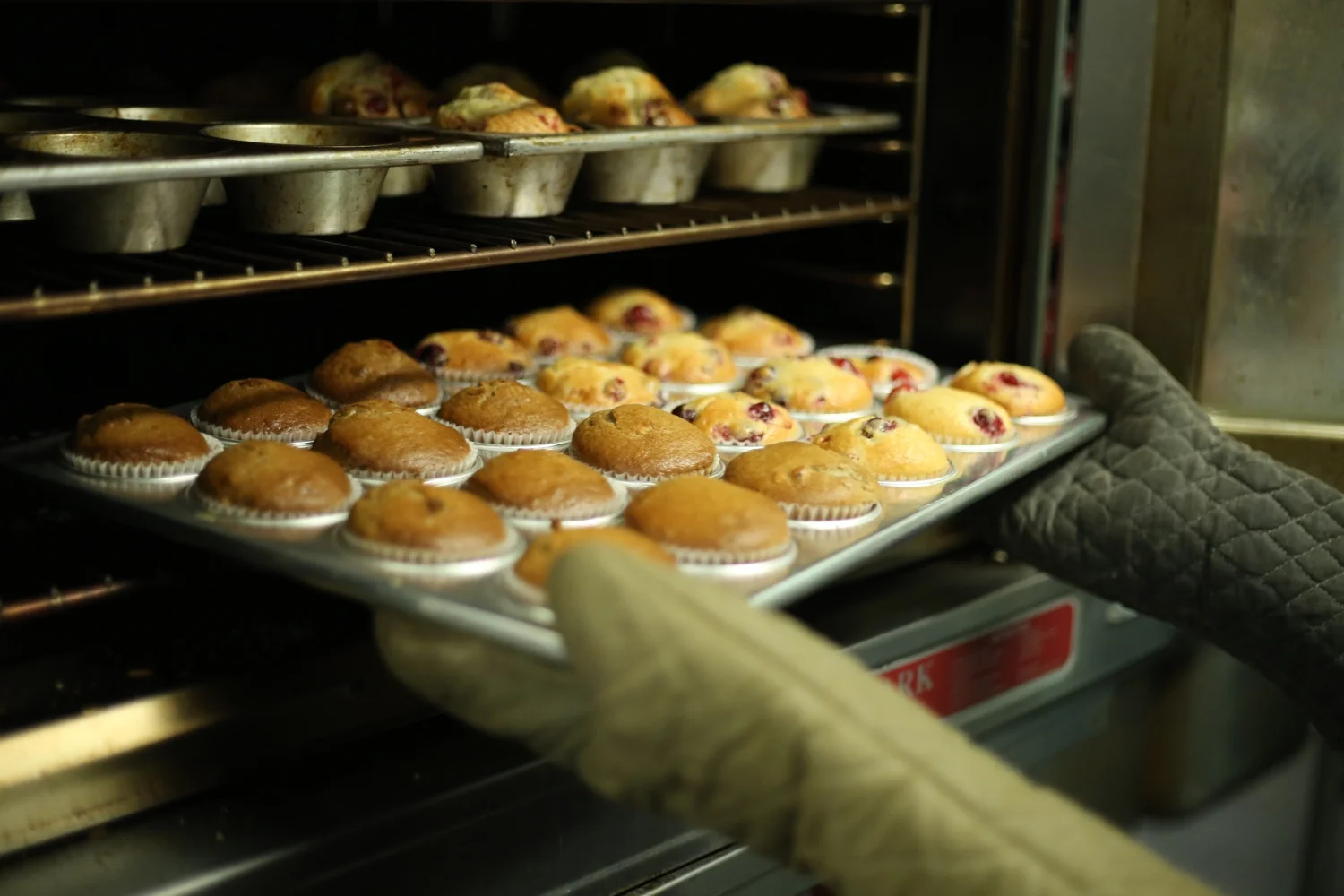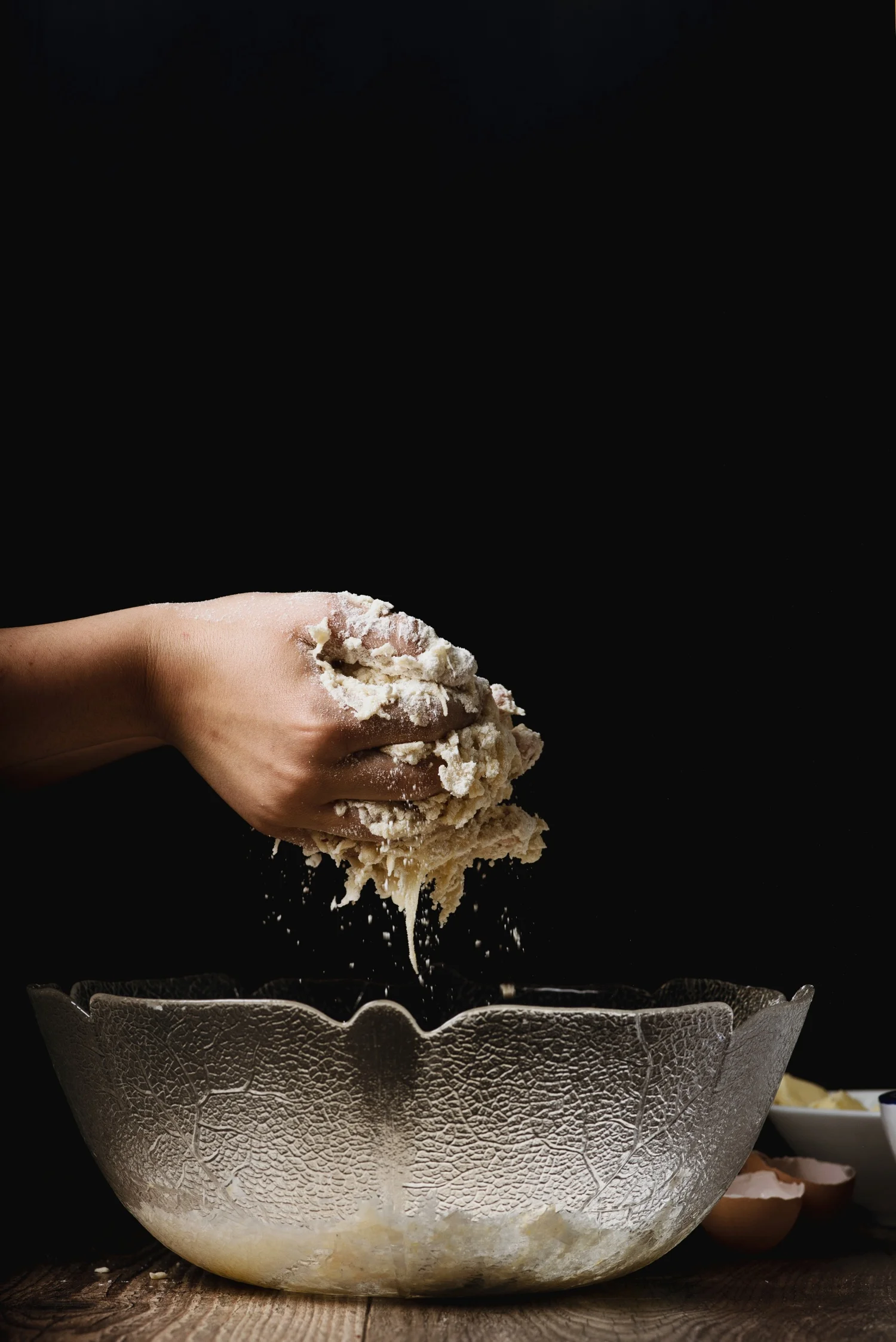
I've told you before about my story with cooking (you can read it here) and how it started from very early on. I was obsessed with the kitchen and ingredients since I was a very little girl, and my mother, bless her heart, always let me get in there and make a mess as you might recall from my stories of the "everything goes into them but mom eats them anyway caterpillar cookies".
The first recipe I truly learned how to master well were brownies. I took the recipe from a very old Betty Crocker book about entertaining I found in my mom's bookshelf, and which I still have (in pieces, but I have it). I practiced making them so often that I soon became the official brownie baker in my family and my school. There wasn't an event, party, holiday gathering or beach trip which didn't require me going into the pantry and whipping up a batch. The wonderful thing they don't tell you about being a kid and cooking is that somebody else does the shopping and all you have to do is raid the counters (yes!).
The second dish I mastered was this very weird cream cheese pasta someone taught me how to make, which I loved because it contained vegetables, especially tomatoes, peppers, leeks, onions and green onions cut in such a tiny way that it was almost a samurai game for my 9 year old self. That wasn't the reason I loved it though. The reason I loved it was that it contained a truckload of cream cheese, which would then turn pink thanks to the vegetables. Just like in Steel Magnolias (yes, I'm mentioning this movie yet again!), pink was my signature color.

Then came my obsession with watching cooking shows. Forget cartoons. I would watch Rachel, Emeril, Martha, Julia, Mario, and then I would pretend I was the host of a cooking show when I cooked on a stool in the kitchen because I couldn't reach the countertops. That image of me explaining to my dogs why you had to sift the flour in a cake makes me laugh since that's basically what I do now, only now I have humans as an audience too!
I remember watching my mom and my uncle Aly making their famous omelettes, which I could never quite master as well as they could. I remember learning all the basics of French sauce making from my uncle too, and how he made pan gravies right in the baking pan over a fire like straight out of A Chef's Table episode. Speaking of sauces, I also remember the millions of times my mom tried to teach me how to make a hollandaise sauce, and how I would get so mad as a teen because I just didn't get why if I followed the directions and amounts it would sometimes break apart on me. By sometimes I of course mean 50% of the time... oh boy.
I can also tell you about one of my favorite food memories, the one that I think sealed my fate as a cook forever. It also happened to be my very first celebrity sighting EVER, and that kind of just sticks with you.
When I was 14, my grandmother took me to my first trip to Paris, one of my favorite cities in the world. I haven't told you about my grandmother a lot yet in the blog or our podcast, but if you've ever watched The Gilmore Girls, Mrs. Emily Gilmore had her down to a tee. She was very posh, always spotless, very critical and mean sometimes, perfect manners, always perfectly pressed clothes, incredible taste in restaurants, and in Paris, with her then only granddaughter by her side (that's me!), only the best Parisian food would do. We dined at the most incredible restaurants, and on one of our last nights there, she decided it was time to take me to the Crillon Hotel, one of the most famous and high end hotels in Paris, where the Crillon Ball takes place and all sorts of fancy stuff I didn't understand. Keep in mind my usual lifestyle and home was hippie-land, dream catchers on the wall, flow-y clothes all the way. In fact, I was on that trip to Paris with grandma only because mom was trekking across India meditating with the monks. Talk about contrast! We walked into the restaurant of the hotel to have our lunch, and as soon as our meal arrives, I see my grandmother's eyes widen as she tells me someone was sitting behind me.
It was Julia Child.
Yes, THE Julia Child.
Remember how I told you about my cooking show obsession? Well, I knew who Julia was, and now I could have leaned over and stolen her buttered roll.
Her voice was just as it was in her videos, and yes she was THAT tall. She felt like a force to be reckoned with. When I came back home I became even more obsessed with her and cooking, and I think it's no coincidence that I started seriously cooking and taking classes when I was 15 and 16, soon after coming back from that trip. Her book, Mastering the Art of French Cooking, in spite of it including instructions on how to de-bone animals, is responsible for so many of the things you've learned from me at Brownble.
Suffice it to say, I have had many culinary teachers and mentors, from the hosts of all those cooking shows I would watch for hours on end, to my mom and uncle, to my official cooking instructors, cooking teachers, cookbook authors and friends. I've followed many of these closely, and that always brings about two things. First, you realize that every cook has his or her style, even if you were to line them up and ask each of them to make you a grilled cheese sandwich, some would use panini presses, others would melt butter in a frying pan, others who love to get fancy pants would add caramelized onions or cranberries, some would make their own cheese. Each cook is unique in their techniques, go-to ingredients and style. They're also who I've learned countless kitchen tricks and hacks from, and today, just like we do with our food pairings series, I'm teaching you some of my favorites, and we're getting the ball rolling for future posts and episodes in which we go through even more!
These little cooking hacks are great, because no matter what you're making or who's recipe you're diving into, these will stick to mind and will help you get a great result every time. They're little culinary secrets, tricks and steps that can help you get delicious ingredients to shine even more.
Are you ready for the first batch of cooking hacks? Let's do this!
Batter it up hack
Whenever you're making something fried with some kind of batter or breading (think country fried seitan, or seitan scaloppini), add a bit of baking powder to the flour mix. It will help it crisp up much more!

Crispy and fried hack
I know the love of placing things on paper towels after frying something runs deep, but even better for the perfect texture is to let fried foods rest on a rack, letting any excess oil drip down. You can then pat with paper towels too, but having air circulating all around the food while it's on a rack means foods won't steam and will remain crisper (think perfectly crispy vegetable tempura!).

Wasaaaa-bi avocado hack
Lemon or lime juice can go a long way into helping avocado not turn brown too quickly, but add some wasabi for an Asian style guac, and it will stay green as the grinch for so much longer! You can make our Asian seitan fajitas with wasabi avocado cream to practice.

Carrot in my sauce hack
A yummy addition to any bolognese sauce is to add some finely chopped carrots at the beginning of the process. It will add great sweetness and help with the texture too! A little goes a long way, so all you need is a bit. For the meat component, when trying to veganize this classic, I love using vegan meat crumbles, crumbled tofu or tempeh, textured soy protein, chopped mushrooms or even cauliflower as the meaty texture in the sauce. So many options!

A little salt with my chocolate hack
Add sea salt whenever you're making anything with chocolate, even hot chocolate! As we discussed in our food pairings episodes here and here, salt helps the cocoa flavor really come through. If you're making brownies, add some coarse sea salt or flakes so people even feel a bit of it as they bite into them!

The pancake secret hack
Let pancake batters rest for 10 to 15 minutes before cooking your pancakes. It makes all the difference especially if they're buttermilk pancakes! You can practice by making our yummy blueberry pancake recipe here!

Make me a cupcake hack
When it comes to baking with flour, there's one little hack that can really help or hinder the final product, and that is how much you develop the gluten in the batter. We develop gluten when flour comes in contact with a liquid, and we add movement to the batter (as in kneading it or mixing it). For fluffy cakes and cupcakes, make sure to never overmix your batters. Mix with a fork (or on low if using a mixer), making the shape of a number 8, resisting the temptation to get rid of all lumps. Some lumps are totally fine, just make sure to mix softly until there is no more loose flour. Otherwise, you'll start developing the gluten and you'll get a chewier texture instead of a fluffy moist one. When making breads, the opposite is true, knead until the dough is stretchy and the gluten is well developed so that the bread comes out with that chewy texture we all know and love.

The butter in the freezer hack
One thing that makes traditional butter and non-dairy butter different is the fact that when chilled, dairy based butter hardens much more and retains the cold temperature for longer than non-dairy butter. Normally this isn´t an important issue, but when you want to create flaky pockets in certain doughs, for instance pies, puff pastry, quiches or scones, cutting up the non-dairy butter into cubes and placing them on a plate and in the freezer for about 30 minutes can really help. This will ensure they're really really cold, and they will then create pockets of air within the dough when that cold butter in it, hits the heat of the oven. It's those pockets of air in dough that create flaky pie crusts and drool worthy scones, like the blueberry scones in our new free breakfast and brunch course!

Cream cheese frosting queen hack
There's nothing worse than biting into the perfect moist cupcake that has a frosting in which you can actually feel the powdered sugar. Good frosting should be silky and smooth, and there's a trick to getting that perfect texture. Make sure to sift powdered sugar before adding it to your mixer, and especially, mix the sugar with the non-dairy butter extremely well. When you think it's done, do it for a bit longer. Only then should you add your cream cheese for the perfect frosting that doesn't get grainy on you. Pass the red velvet!

Yeast queen hack
When you're developing baker's yeast when making bread or pizza dough, always make sure that the water is lukewarm, not too hot, not too cold or you will kill the yeast and not get your doughs rising. Also, add a bit of sugar to the yeast and water. Yeast loves it, and it will help it develop and grow before adding it to your recipe.

Shiny chocolate sauce hack
Whenever you're making a chocolate sauce that you want to remain creamy as opposed to harden, either for dipping fruit, covering a cake or drizzling over cupcakes or anything delicious you want to make even more delicious, melt the chocolate pieces in a double boiler. Bring a small pot with a bit of water to a boil, and a heat resistant bowl on top. Add the chocolate and let it melt in the bowl over the water. Once melted, add some non-dairy butter and stir, stir and stir. The more you stir the shinier it gets, giving you a perfect glossy look for your cakes! This chocolate sauce that stays soft is what we call chocolate ganache, as opposed to tempered chocolate which then hardens when cooled. Think chocolate fondue texture (ganache) vs chocolate covered strawberries (tempered chocolate).

Bloom the roux hack!
When you're making stews or soups and you want to make a roux for thickening and add some flavorful spices to the mix, heat some oil or non-dairy butter in a pan, add your spices and let them bloom (fancy term for letting them get intense and smelling nicely). Then add some flour, stir frequently, and add all of that to the stew. This will help it thicken and get flavorful.

Gotta leave room for pie hack
You know me and my love affair with pie. My secret dream is to open the "serves nothing but pie" diner from the movie Waitress, that's how deep my love of pie goes. A little secret trick for when you're baking the pie shell first and then adding the filling, will help with that terribly annoying "my pie shell just shrunk in the oven" conundrum! Place your pie dough in the pie plate, cover with plastic wrap and place it in the freezer for 20 minutes, then bake with pie weights. It will prevent a lot of the shrinkage that can often happen, especially with smaller pies.
That was so much fun! We'll have more yummy kitchen and cooking hacks coming soon, but in the meantime, do you have any hacks you love to use in your kitchen that you want to share? Leave them in the comments below!
🧑🍳
You might also like...
Our Online Cooking School and Courses
Don't miss our weekly goodies!
Our best FREE content straight to your inbox


